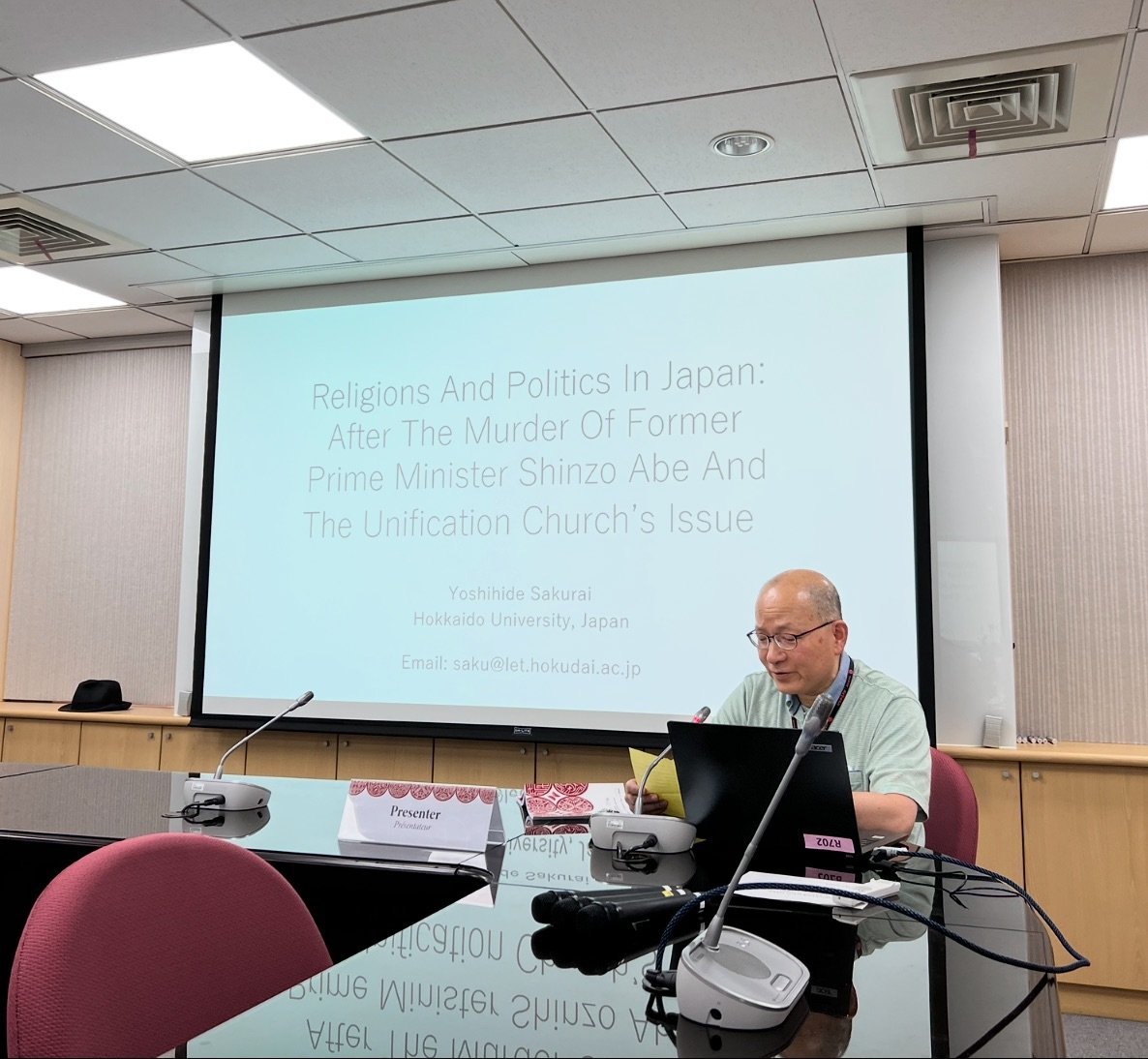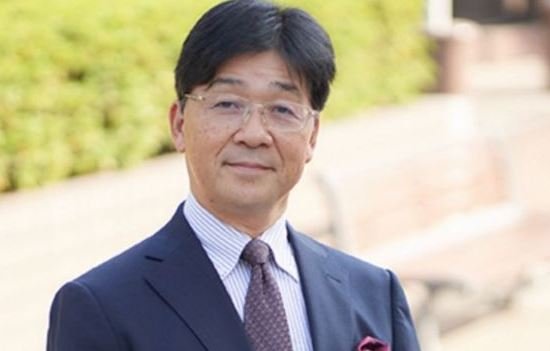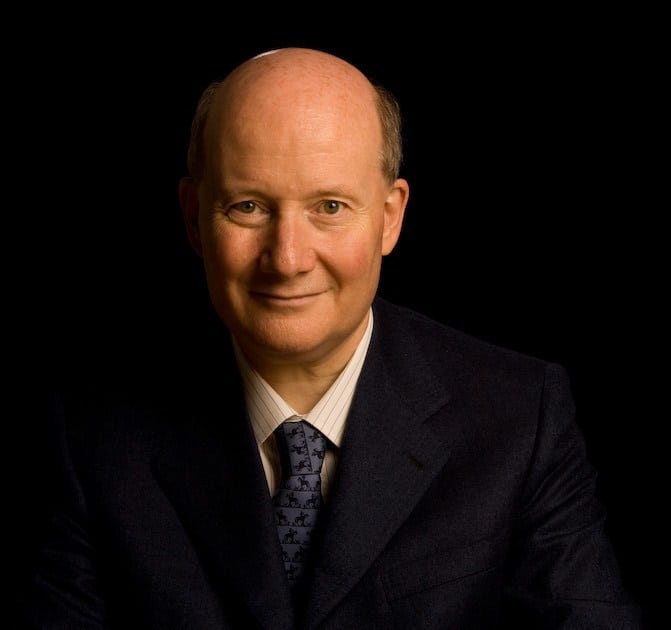“Cult” opponents in Japan started networking with China and the American and European anti-cult movement well before the assassination of Shinzo Abe.
by Massimo Introvigne

In December 2007, an interesting gathering took place in Shenzhen, China. The First International Symposium on Cultic Studies, hosted by the Institute of World Religions under the Chinese Academy of Social Sciences, promised an academic exchange on the thorny issue of “cults.” But as Western scholars who went there soon discovered, the event was less a symposium than a stage-managed morality play—with the Chinese government cast as the benevolent protector of public order and religious minorities as the villains in need of suppression.
Among the attendees was Yoshihide Sakurai, a Japanese sociologist whose paper, “The Cult Problem in Present-Day Japan,” offered not just analysis but a blueprint for repression. Unlike his Western counterparts—Douglas E. Cowan, Rebecca Moore, and Eileen Barker—who came in good faith to present alternative views on religious liberty, Sakurai seemed to harmonize effortlessly with the Chinese chorus. While the Western scholars reported that the event was more an anti-cult gathering than a Western-style symposium of new religious movements scholars, and were disturbed by speakers like “Rev. Lee Dae-bok, president of the Research [into] Christian Heresy and False Religion Countermeasure Association in South Korea, [who] gave what can only be described as a forty-five-minute rant against various heresies,” Sakurai’s tone was one of alignment, not dissent.
In his paper, Sakurai outlines a litany of “cultic” threats in Japan—from Aum Shinrikyo to the Unification Church and smaller groups like Hallelujah Community Church, Makomo Shrine, and Home of Heart. But what’s most striking is not the list, but the proposed cure. He calls for social countermeasures and governmental intervention to address what he terms “fragility” among Japanese citizens that makes them susceptible to “cults.”
Sakurai, who grandiosely refers to himself in the third person throughout his paper—as if narrating the exploits of a minor character in a historical epic—takes a moment to dismiss the objections raised by American scholars. With the confidence of someone who has apparently cracked the code of American foreign policy from a desk in Hokkaido, he writes: “American sociologists… lack the awareness of the relations between the U.S. invasions of Afghanistan and Iraq following 9-11 and America’s nationalism and religious culture. Rather, they believe that the religious pluralism of fundamental ‘freedom of religion’ and ‘religious tolerance’ can neutralize nationalism and ease religious and ethnic conflicts. This belief may be valid as an academic theory, but has definite gaps in reality. This experience once again confirmed the double standard between the language the U. S. uses for its domestic politics and diplomatic practice.”
Apart from Sakurai’s somewhat primitive anti-Americanism—delivered with the subtlety of a Cold War pamphlet—it is especially revealing that he denies the possibility that religious liberty might ease conflict. Instead, he assures us, with a scholar’s certainty and a diplomat’s swagger, that he understands the United States better than the “American sociologists” themselves. One might admire the audacity, if not the analysis.
Sakurai further tightens the epistemological drawbridge by declaring: “Western researchers have difficulty comprehending the manipulative spiritual sales by the Unification Church in Japan.” With this, he deftly excludes Western scholars of new religious movements from the conversation entirely—those very researchers who might challenge the anti-cult lawyers’ vulgate on “spiritual sales” as legally and sociologically imprecise. But no matter. They are not Japanese; therefore, by Sakurai’s logic, they cannot understand.

In his 2007 paper, Sakurai offers a psychological diagnosis of “cult” members that would make most Western scholars of new religious movements wince. He writes that they suffer from “Fragility in Intelligence: they (…) lack common sense,” a sweeping generalization that trades nuance for condescension.
But Sakurai’s real lament is reserved for the Japanese government, which, in his view, remains shackled by outdated, perhaps “American,” ideals. He complains that “Both the Executive and Judicial branches operate slowly, because they attempt to tackle the cult problem with the noble and abstract mind-set of ‘freedom of religion.’” That he chose to defame religious liberty as an “abstract mind-set” while speaking in China—where religious freedom is not so much abstract as actively suppressed—reads less like academic critique and more like diplomatic alignment.
As for Japan, Sakurai assures his readers that it will eventually “come up with methods to overcome these weaknesses.” Given the post-Abe legislative and judicial turn, it seems those “methods” have now been found—and they bear a striking resemblance to the ones he once hailed abroad.
These are not the musings of a detached academic. They are policy recommendations that have since found their way into Japanese law following Shinzo Abe’s assassination in 2022. This event reignited campaigns against the Unification Church and led to its dissolution through a first-degree verdict in March 2025 and sweeping legislative reforms. Sakurai, unsurprisingly, is a vocal supporter.
Back in 2007, Western scholars still held out hope. Cowan and Moore’s report of their trip to Shenzhen describes their cautious optimism. I attended similar meetings, believing that respectful engagement might soften the edges of Chinese policy. By 2018, I had abandoned that hope. The events were not academic—they were propaganda, designed to legitimize repression through the borrowed authority of foreign scholars.

Most of my colleagues eventually reached the same conclusion. The veneer of scholarship was too thin to mask the underlying agenda. And while Western scholars came to Shenzhen to challenge that agenda, Sakurai came to endorse it.
Japanese anti-cultists have continued their friendly relations with China. In turn, when the Tokyo District Court pronounced the dissolution of the Unification Church in March 2025, the China Anti-Xie-Jiao Association—an organization that presents itself as the largest anti-cult association in the world while being firmly tethered to the Communist Party via the United Front—promptly issued a statement supporting the positions of the court and the Japanese anti-cultists. The symbiotic relationship continued, as if repression had become a shared language, spoken fluently across borders and bureaucracies.
As reported by attorney Patricia Duval after a fact-finding trip to Korea in August 2025, on July 22, 2022, a few days after Shinzo Abe was assassinated, Japanese anti-cult attorney Hiroshi Watanabe appeared via Zoom at a press conference organized by South Korean anti-cultists calling for a Korean law against “cults” based on the French model. Japanese anti-cultists continued this attempt to export anti-cult regulations and campaigns against the Unification Church to South Korea through further events in December 2022 and May 2025, and signed a pact of cooperation between opponents of “cults” in the two countries.
Interestingly, one of the Japanese anti-cultists who attended the events promoting an anti-cult law in Korea was left-leaning politician Yoshifu Arita, who defended deprogrammers and “interviewed” Unification Church medical doctor Hirohisa Koide while he was confined and was being deprogrammed. The first name “Yoshifu” is not common in Japan but, as he reported himself, had been given to Arita by his Communist parents in honor of Joseph Stalin (“The Family’s Resume,” “Weekly Bunshun,” March 11, 1999, p. 145).
Sakurai’s paper at the 2007 Shenzhen symposium did not emerge in a vacuum. Before Sakurai lent his voice to the Chinese campaign against religious minorities, Japanese activists had cultivated ties with their American counterparts—most notably the Cult Awareness Network (CAN). CAN, infamous for its support of coercive “deprogramming” practices, played a formative role in shaping Japan’s anti-“cult” discourse in the late 20th century.
A promising young scholar, Jacques Parker, has recently explored this transpacific alliance in his article “Anti-Cultism in Japan: American Influences and Differences in Opposition to Cults” (“Alternative Spirituality and Religion Review,” 16, 1, 2025). Drawing on archival material from the CAN Collection at UC Santa Barbara, Parker shows how Japanese activists borrowed heavily from American rhetoric on “mind control” and “brainwashing,” while adapting it to local anxieties. The result was a hybrid model—American in its tactics, Japanese in its cultural framing—that laid the groundwork for future collaborations with Chinese and European actors.
Parker convincingly argues that Japanese anti-cultism was not created by the controversies surrounding Aum Shinrikyo, the group responsible for the terrorist sarin gas attack on the Tokyo subway in 1995. For example, the main book by American deprogrammer and anti-cult activist Steven Hassan, “Combating Cult Mind Control,” was published in Japanese in 1993, two years before the Tokyo subway attack. Its translator was theologian Sadao Asami, who participated in several American anti-cult conferences. The American anti-cult organization American Family Foundation held a meeting in Paris in 1990, which was attended by the most notorious Japanese deprogrammer, Takashi Miyamura, who was involved in the detention of Toru Goto, leading to the 2014 High Court and 2015 Supreme Court rulings that outlawed deprogramming in Japan.
One of the key figures in this transatlantic cooperation was Kimiaki Nishida, a psychologist and anti-cult advocate who has become increasingly influential in shaping Japanese policy. Following the assassination of Shinzo Abe in 2022, Nishida was instrumental in drafting controversial regulations on the “religious abuse of children.” These guidelines, issued by Japan’s Ministry of Health, Labour and Welfare, redefined parental religious instruction as potential psychological abuse—targeting practices such as teaching children about hell, discouraging abortion, or preventing them from celebrating birthdays.
While Nishida was not named explicitly, his role was unmistakably criticized in a United Nations statement that condemned Japan’s discriminatory treatment of Jehovah’s Witnesses and other minority groups. The statement warned against conflating religious education with abuse, using anti-cultists (meaning Nishida) as experts in drafting regulations, and called for the protection of religious freedom—a principle increasingly under threat in Japan’s current climate.

Nishida remains active in networking with Western anti-cultists and is involved with the shadowy organization “Invictus” (“Undefeated” in Latin), which advocates for reintroducing “brainwashing” ideas into academic and legal discussions.
Japanese anti-cult activists have expanded their alliances beyond China and the United States. Since the late 20th century, they have also collaborated with French government agencies such as MIVILUDES (Mission interministérielle de vigilance et de lutte contre les dérives sectaires), which has long promoted aggressive surveillance and regulation of minority religions.
In 1997, a Japanese anti-cult and anti-Unification Church newsletter, published by a “Support Group for the ‘Get Back My Youth Court Case’” (a case against the Unification Church), reported in a section called “Researching Cults in Europe” that seven lawyers from a group called “Japanese Bar Association’s Task Force on Religious Matters” and two journalists visited anti-cult government and private agencies in France, Germany, and Belgium, seeking alliances with European anti-cultists. Hiroshi Yamaguchi, the principal founder of the left-leaning anti-Unification Church National Network of Lawyers Against Spiritual Sales, was among the lawyers. Contacts with the MIVILUDES continued to this day.
This Chinese-Franco-Japanese axis has helped normalize the idea that certain religious groups are inherently dangerous and must be curtailed—not through dialogue, but through legal and administrative force.
There is a certain irony in watching academics such as Sakurai and Nishida supporting state repression. The very academic institutions meant to foster critical thought and debate were repurposed to silence dissent and stigmatize minority faiths. Developments in China, Japan, and now South Korea are emblematic of a broader trend: the co-optation of scholarship in the service of ideology.
Ultimately, the “cult” problem in present-day Japan may not be the groups Sakurai identifies. It may be the cult of consensus itself—the uncritical embrace of state narratives under the guise of academic rigor. And that, perhaps, is the most dangerous “cult” of all.

Massimo Introvigne (born June 14, 1955 in Rome) is an Italian sociologist of religions. He is the founder and managing director of the Center for Studies on New Religions (CESNUR), an international network of scholars who study new religious movements. Introvigne is the author of some 70 books and more than 100 articles in the field of sociology of religion. He was the main author of the Enciclopedia delle religioni in Italia (Encyclopedia of Religions in Italy). He is a member of the editorial board for the Interdisciplinary Journal of Research on Religion and of the executive board of University of California Press’ Nova Religio. From January 5 to December 31, 2011, he has served as the “Representative on combating racism, xenophobia and discrimination, with a special focus on discrimination against Christians and members of other religions” of the Organization for Security and Co-operation in Europe (OSCE). From 2012 to 2015 he served as chairperson of the Observatory of Religious Liberty, instituted by the Italian Ministry of Foreign Affairs in order to monitor problems of religious liberty on a worldwide scale.




